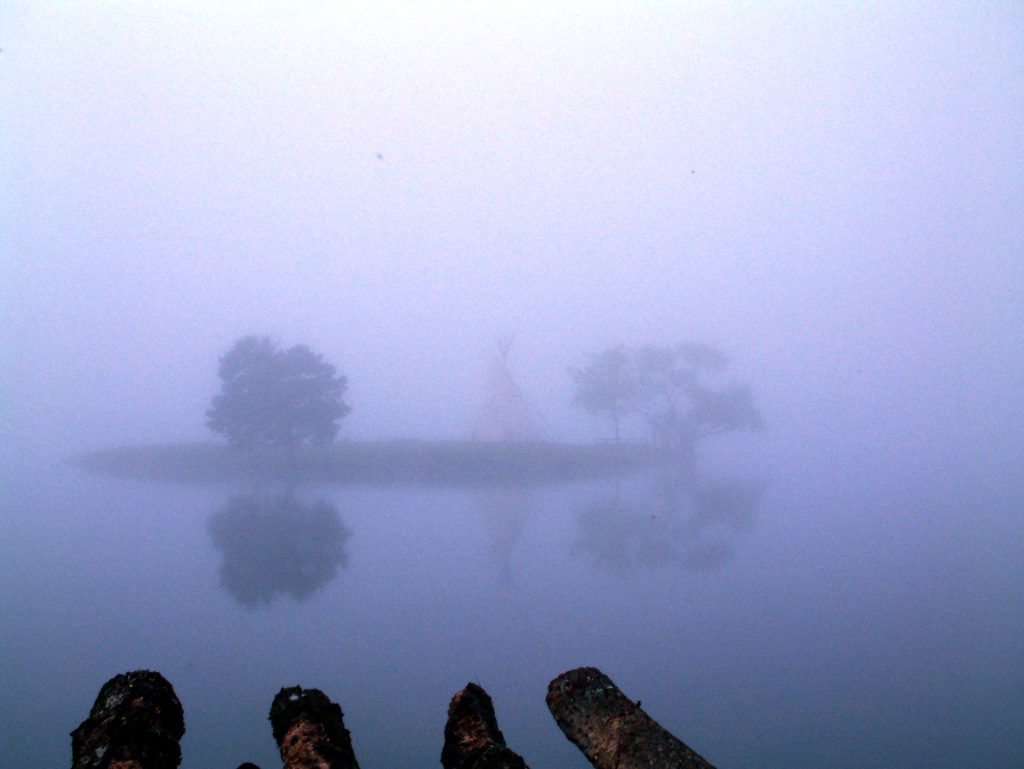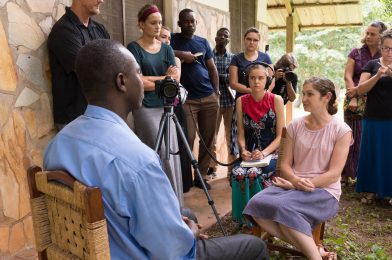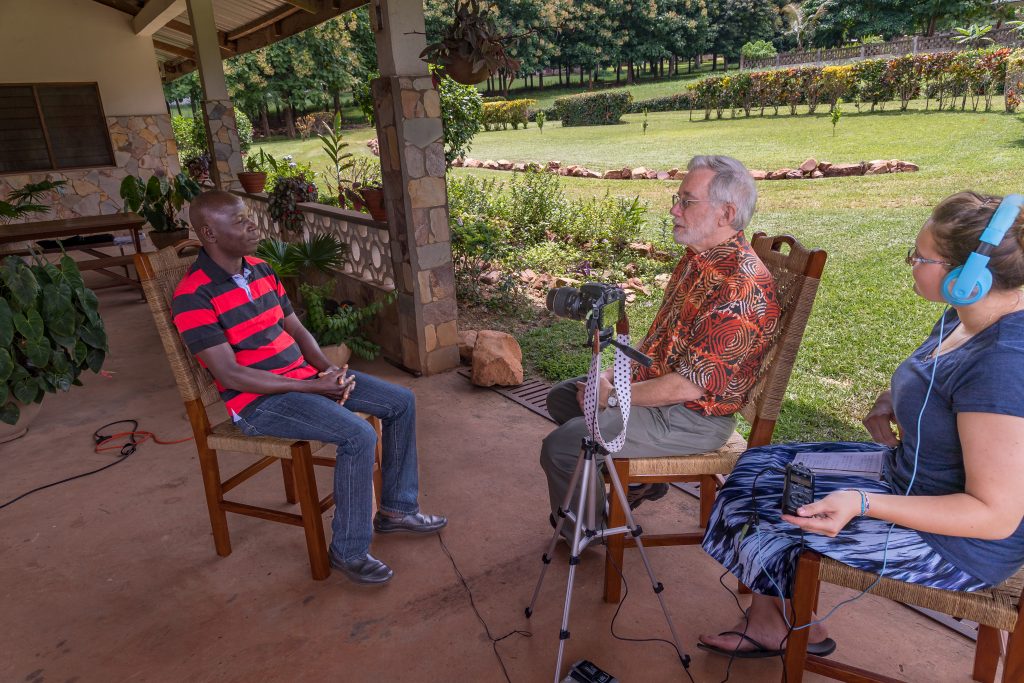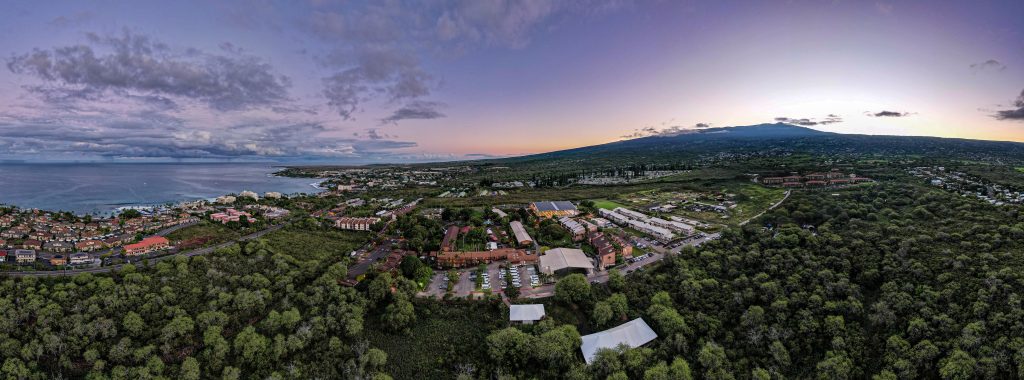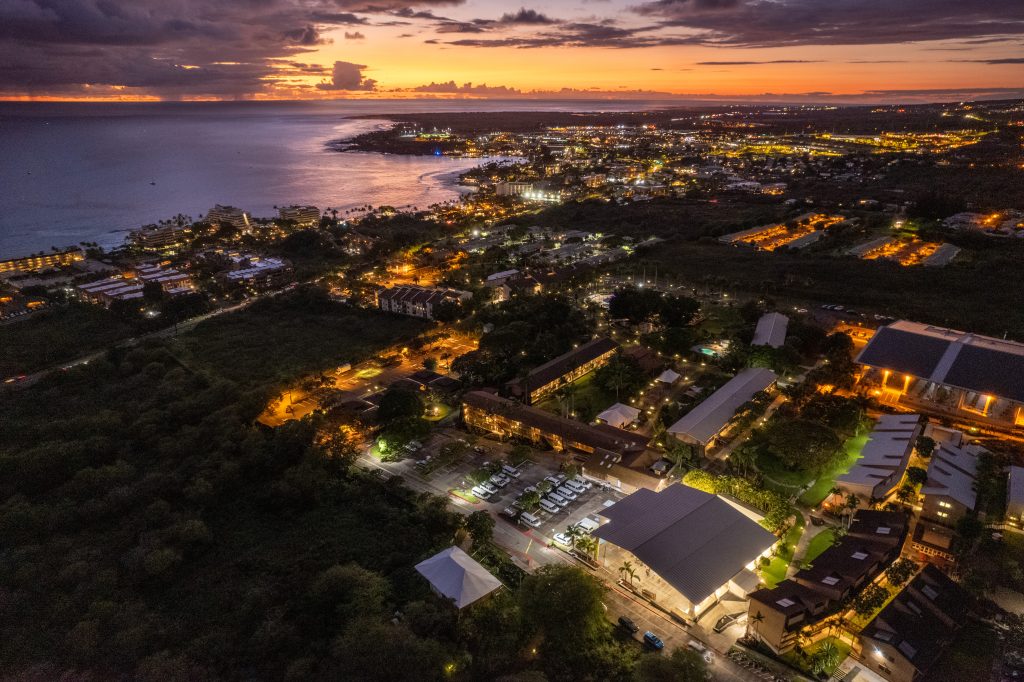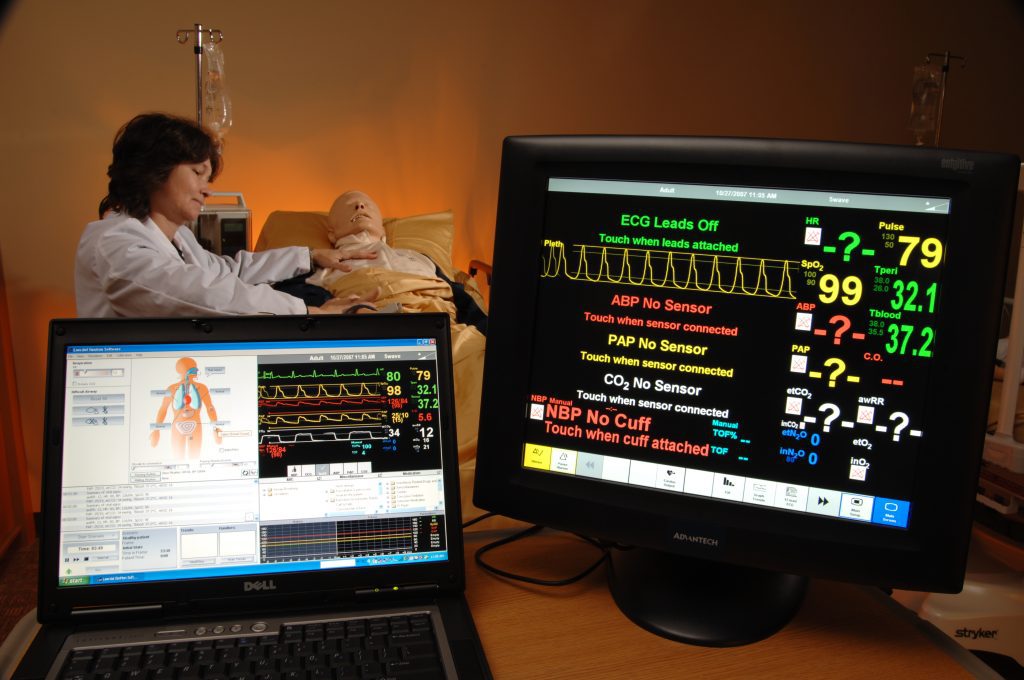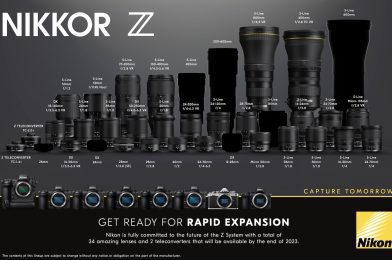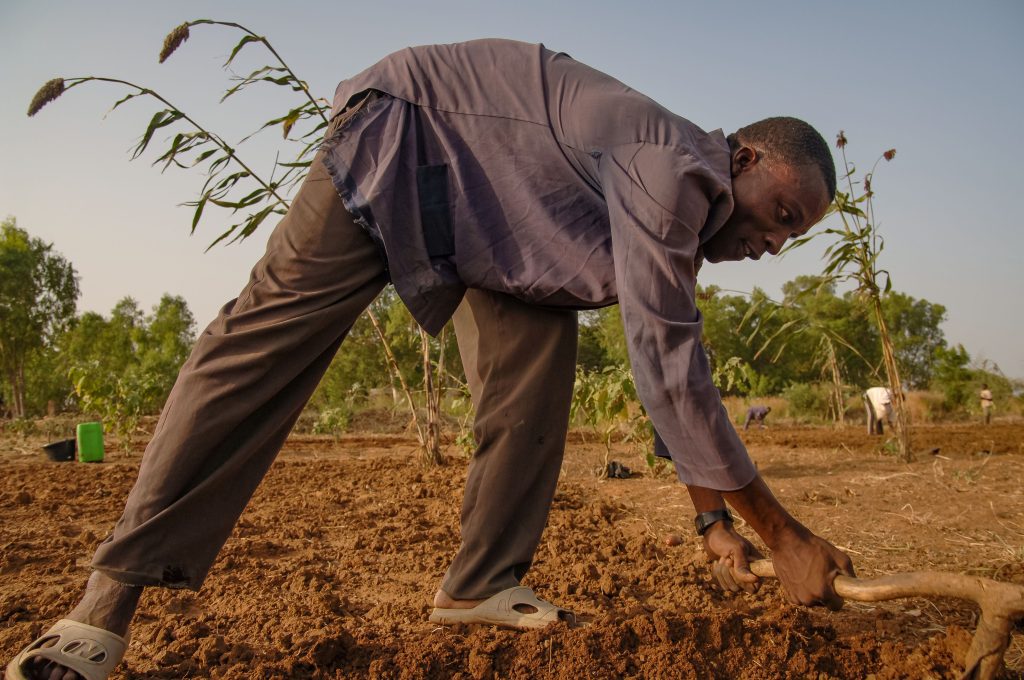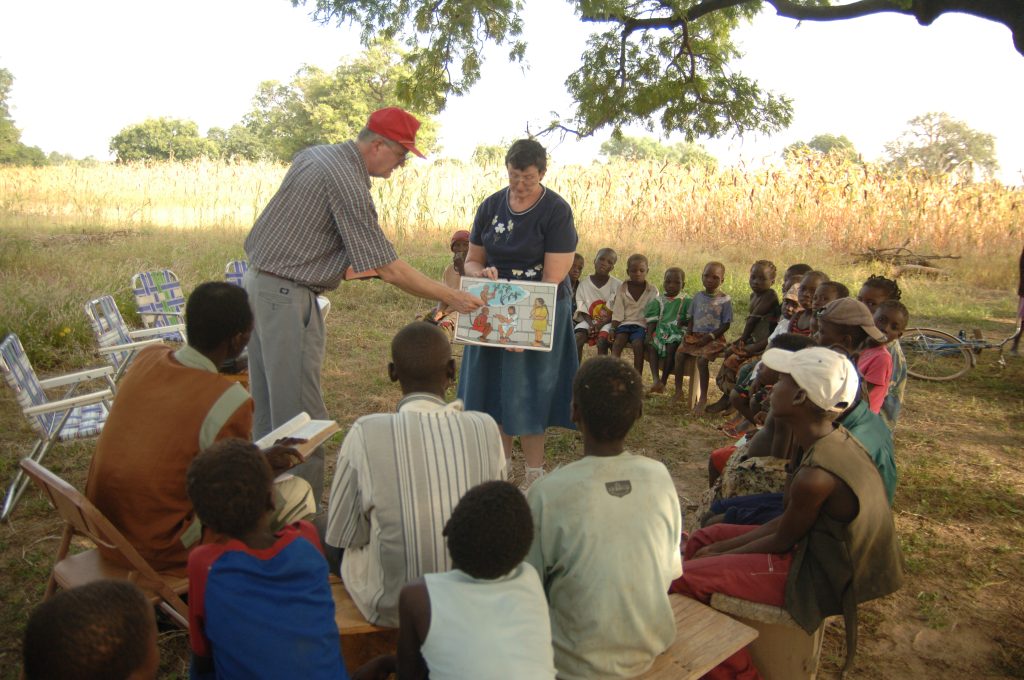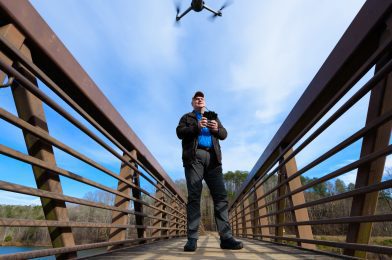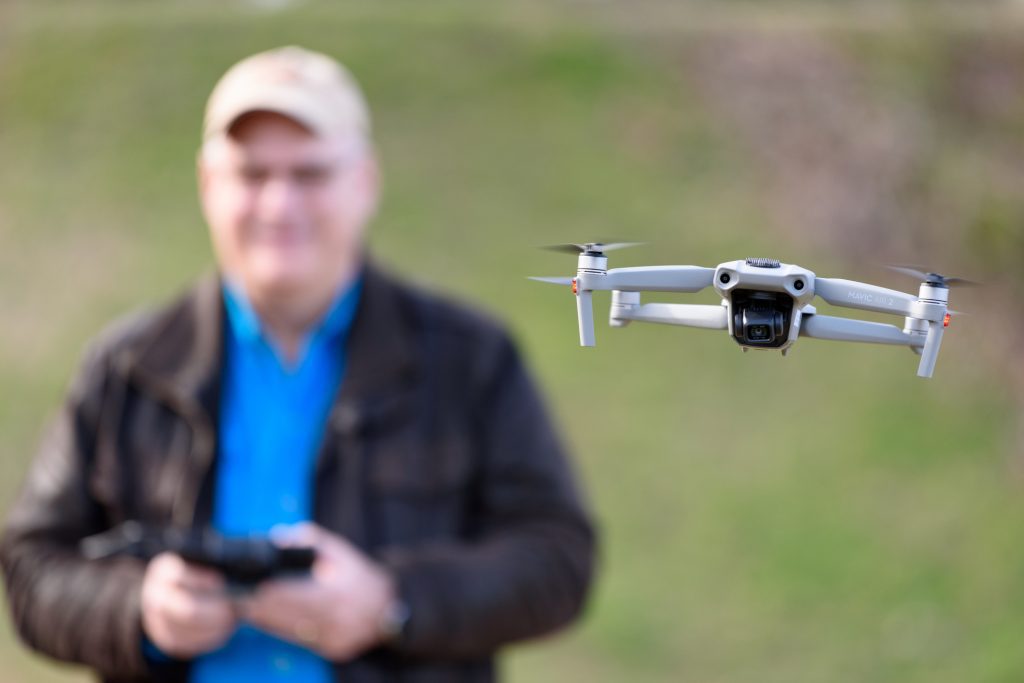Caption: Bob White and Joanna Benson Spencer reconnect at the Roswell Fire Department’s Ole Timers Dinner at Station #24 on February 28, 2023. This event has occurred with Oyster Stew served each year for over sixty years. However, this is the first event in a couple of years due to COVID restrictions.
I just did a coverage yesterday for the Roswell Fire Department’s Ole Timers Annual Dinner; the photos in the blog are from that event. Event photography is an art, and it’s not just about capturing the elements of the event but also the emotions, moments, and personalities of the attendees.
Capturing the attendees’ emotions and interactions is crucial when covering a corporate event. A great event photographer should anticipate moments and be ready to capture shots that can convey the mood and emotions of the event. These candid shots help showcase the attendees’ personalities and relationships, creating an album that reflects the true spirit of the event.
It’s also essential for an event photographer to communicate with their clients to understand their expectations. Often, clients want to have a large group photo taken. As an event photographer, it’s essential to know how to manage a large group of people, find the right spot, and ensure everyone is in the correct position.

Tips:
To ensure your photos are searchable online, it’s essential to keyword them with relevant and specific terms. This way, your photos will appear in the search results when someone searches for a particular topic or event. While it may be impossible to keyword everyone’s name, be sure to get those who are the speakers or in leadership roles. Additionally, include relevant keywords such as the event name, location, and date to improve searchability.

In conclusion, event photography requires more than just capturing the elements of the event. It’s about capturing the attendees’ emotions, moments, and personalities, which help tell the event’s story. A great event photographer anticipates moments, pays attention to the interactions between the guests, and communicates with their clients to meet their expectations. Finally, keyword your photos for online searchability and increased exposure.









